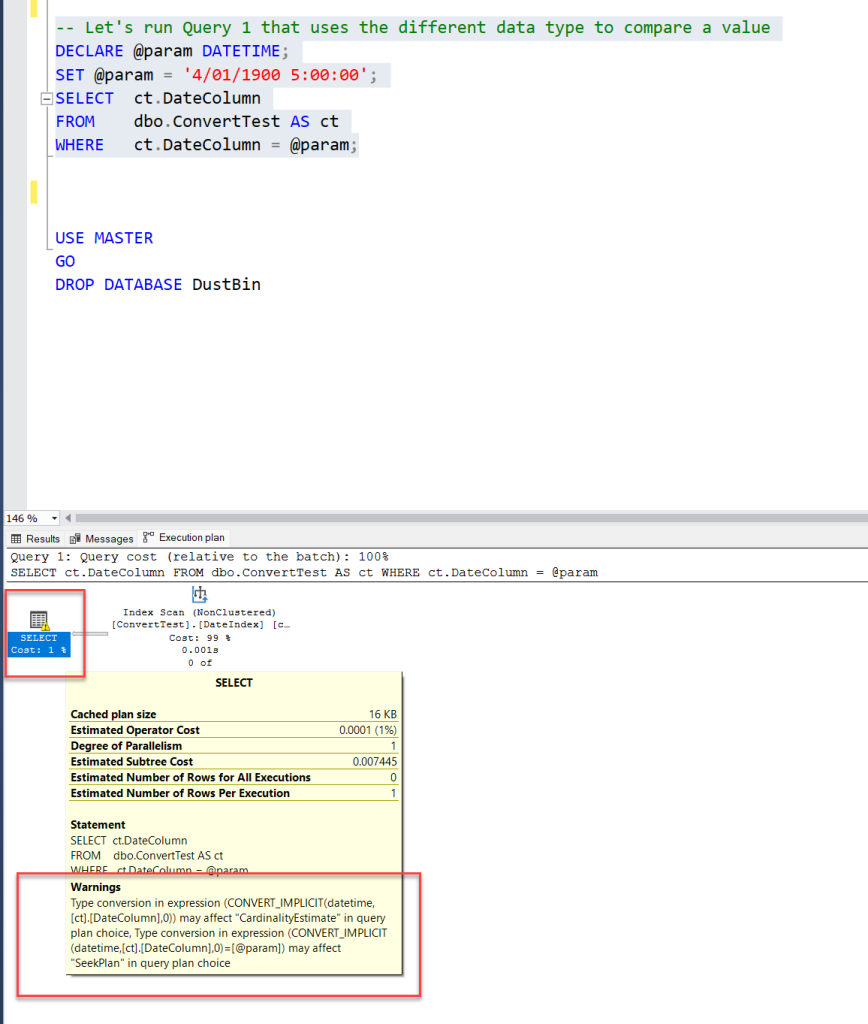Last week, in the post Common Mistakes in SQL Server – Part 4 I explained about the Auto Growth configuration in SQL Server and how it can adversely impact. This week, I am going to explain a very important thing that is often skipped. It is a common mistake that can indeed lead to performance problems. Implicit Conversion can cause unexpected performance issues and hinder query optimization. This week in Common Mistakes in SQL Server – Part 5 let’s speak about the Implicit Conversion.
What is Implicit Conversion?
Implicit Conversion occurs when SQL Server automatically converts data from one data type to another during query execution. This can happen, for example, when you compare columns or values of different data types or when you use them in joins or expressions. It is also known as type coercion or type casting.
Why Implicit Conversion is considered bad?
Well, when an SQL Server database engine has to convert one data type to another it must have to use some additional resources to complete the task. For example, while it has to convert data types it will use additional CPU, and it can also lead to not-optimal use of indexes
- Performance Overhead: As you mentioned, implicit conversion consumes additional CPU resources. This is because SQL Server has to perform the conversion on the fly, and this can be especially problematic in queries with large datasets.
- Index Usage: Implicit conversion can also prevent SQL Server from efficiently using indexes. If the data types of columns in the WHERE clause don’t match, SQL Server might not be able to utilize available indexes, leading to slower query performance.

How to Fix Implicit Conversion?
That is why, it is of utmost importance to use the same data type while comparing two columns, values, or using joins. This way Implicit Conversion can be avoided.
- Use Explicit Data Type Conversion: Instead of relying on implicit conversion, explicitly convert data types using appropriate functions like
CASTorCONVERT. This ensures you control the conversion and optimize it for performance. - Align Data Types: Ensure that columns, variables, and literals used in comparisons and joins have compatible data types. This will help avoid the need for implicit conversion.
- Review Your Schema: In some cases, it might be necessary to reevaluate your database schema to ensure that data types are aligned correctly, especially for columns commonly used in filters or joins.

It’s essential for database developers and administrators to be aware of Implicit Conversion and proactively address it in their SQL code to avoid performance bottlenecks. For those who are looking to learn more and test it themselves can download the demo script from my GitHub Repository.

